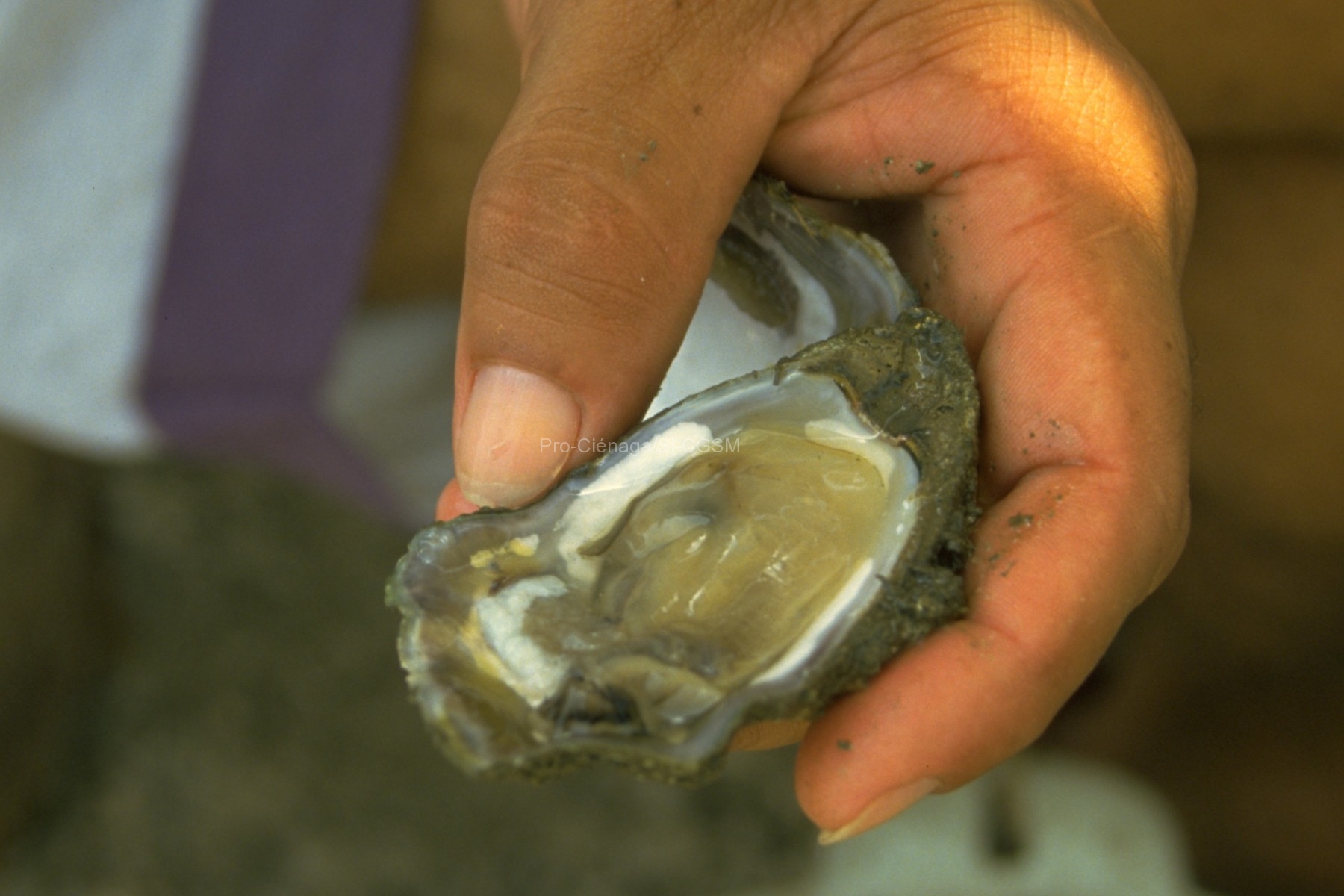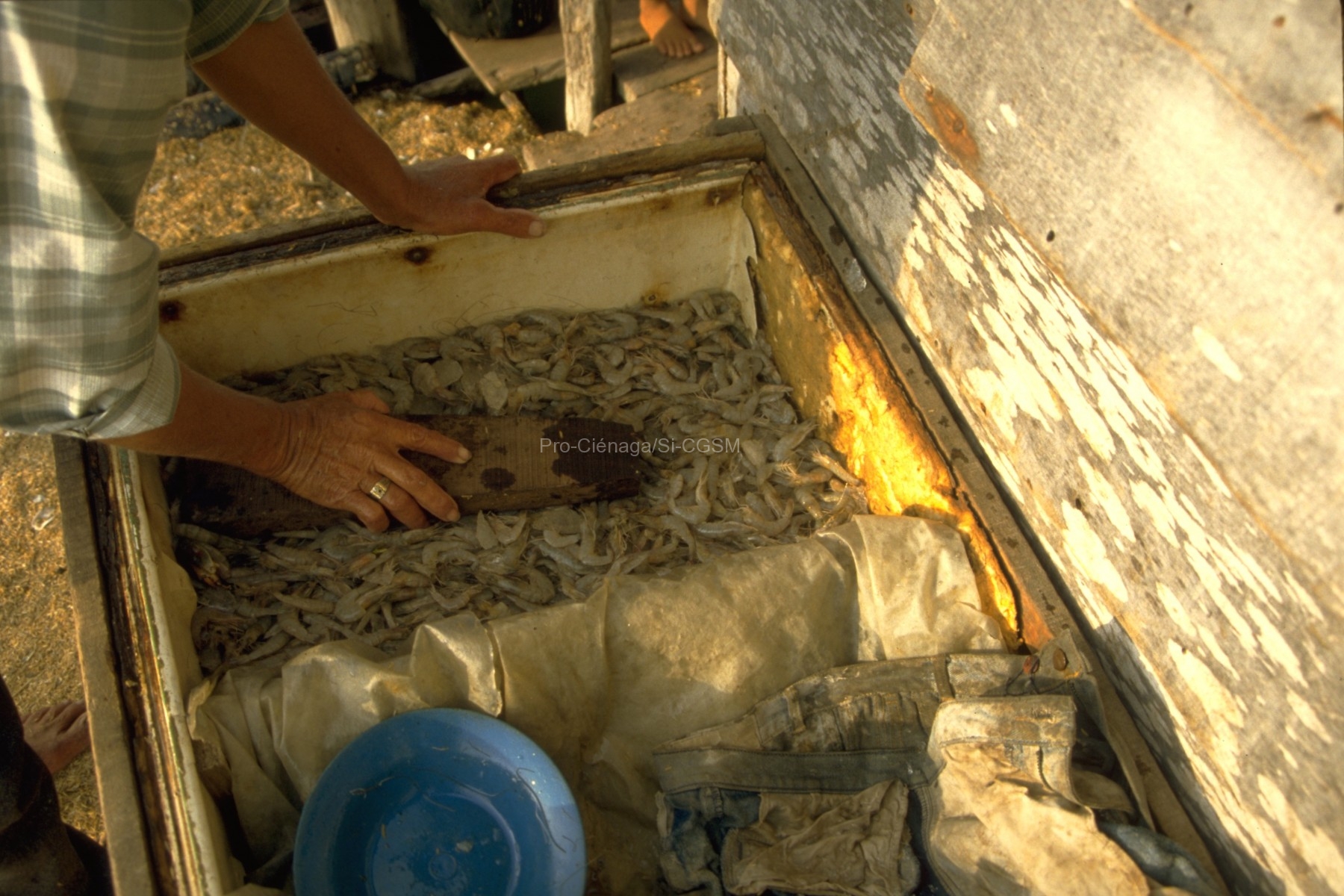Of the eight currently recognized species of Ceratophrys (aurita, calcarata, cornuta, cranwelli, ornata, pierottii, stolzmanni, and testudo) six are considered to be species. Ceratophrys testudo is considered a synonym of C. cornuta. The subfamily Ceratophryinae is argued to be monophyletic and is defined on the basis of two synapomorphies. The genus Ceratophrys (excluding C. pierottii) is monophyletic and is defined on the basis of three synapomorphies. Two subgenera are recognized within Ceratophrys. The subgenus Ceratophrys (one synapomorphy) includes C. aurita, C. cranwelli, and C. ornata where C. aurita and C. ornata are more closely interrelated. The subgenus Stombus (three synapomorphies) includes C. calcarata, C. cornuta, and C. stolzmanni where C. calcarata and C. cornuta are nearest relatives. Ceratophrys pierottii is hypothesized to be an intergeneric hybrid between Ceratophrys cranwelli and Lepidobatrachus llanensis.
The least refuted hypothesis of relationships is inconsistent with the hypothesis that speciation amongst forest-dwelling species was mediated by Pleistocene contractions of forest into refugia. The northern species of Ceratophrys form a group fragmented in part by the Andes and the southern (and eastern) species form a second group fragmented ecologically but not physically. The widespread Amazonian species, C. cornuta, shows little evidence of having had its distribution fragmented by forest contractions. Ceratophrys cornuta is the most widely distributed species, is centrally distributed, and is by far the most apomorphous (measured in terms of autapomorphies). Such a combination is contrary to the expectations under the macroevolutionary hypothesis termed punctuated equilibria.

























